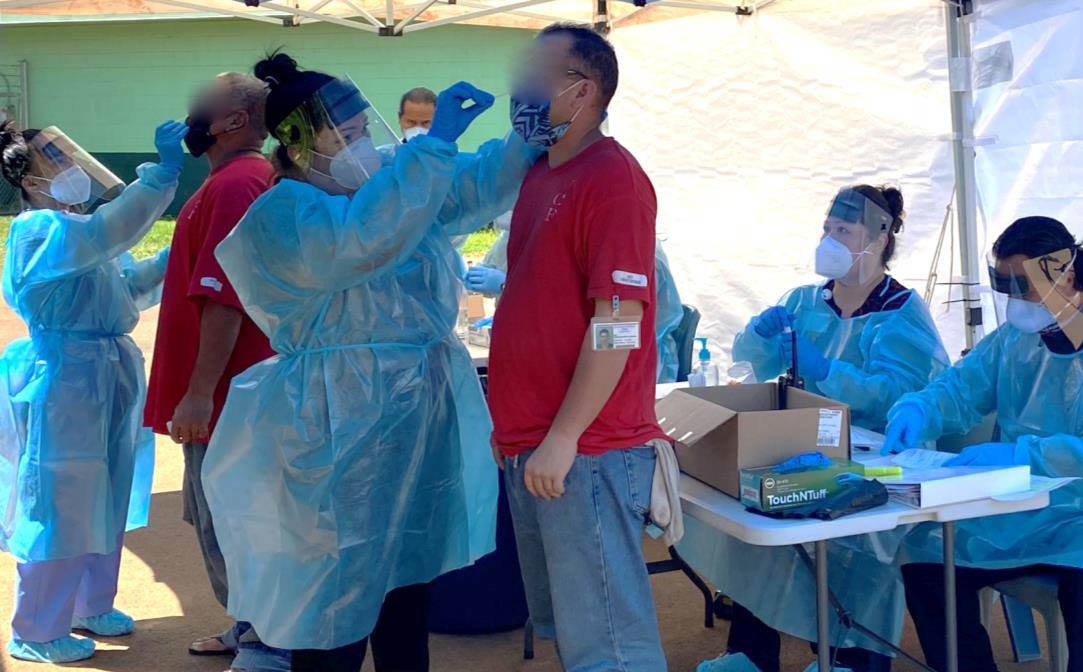The Hawaiʻi Safe Travels pre-testing protocol may be detecting only 20% of COVID-19 infected travelers, according to an update published on September 15 in The Lancet Infectious Diseases by University of Hawaiʻi at Mānoa Department of Mathematics Adjunct Professor Lee Altenberg. The original research and update was based on pre-Delta variants and did not address vaccinations so the effect of testing vaccinated travelers is not included.
Altenberg published the correspondence piece addressing a simulation study in The Lancet Infectious Diseases from March 22. The original research, based on a simulation of 100,000 U.S. airline travelers, found that only some 36% of COVID infected passengers would be detected by the three-day pre-travel test. The undetected 64% of infected travelers tested negative, but would become contagious once they arrived at their destination.
Altenberg noticed that in arriving at the 36% figure the paper counted travelers who became infectious between the pre-test and the day of travel. But those infectious days would not expose the destination population.
To calculate the exposure to the destination population, Altenberg utilized the figures in the original paper and found that the three-day pre-travel test produced only a 20% reduction in how much the destination population was exposed to COVID-infected travelers. 80% of the exposure of infected travelers would occur undetected.
Other findings
Altenberg analyzed the exposure from short-stay visitors, and found that the simulation showed that the pre-travel test produced a 27% reduction in exposure to the destination from seven-day visitors compared to travelers with no pre-test and no quarantine. The exposure to the destination population from seven-day travelers was about 60% of the exposure from 14-day travelers.
The original paper also simulated a stronger travel protocol with a three-day pre-test, five days of quarantine at the destination and a second negative PCR test. The authors had reported a 70% reduction in exposure of the destination population, but a careful examination of the counting methods by Altenberg showed the reduction to be closer to 83%.
In a reply, the original authors thanked Altenberg for his correspondence and confirmed Altenberg’s calculations that the pre-travel test reduced exposure of the destination population by only 20%, while the addition of a five-day quarantine and second test reduced the exposure by 82%.
“These revised values don’t contradict but in fact strengthen the original conclusion of the paper, which it stated was that ‘the addition of post-travel testing and abbreviated quarantine of five days could provide further benefit at the public health level by reducing importation and ongoing transmission in the destination city, especially if traveling from high to low incidence settings,’” said Altenberg.
Altenberg is a theoretical biologist and member of the Hawaiʻi Pandemic Applied Modeling Work Group, a volunteer effort of university faculty, applied epidemiologists, data scientists, health workers and professionals helping to provide models specific to the pandemic in Hawaiʻi.


